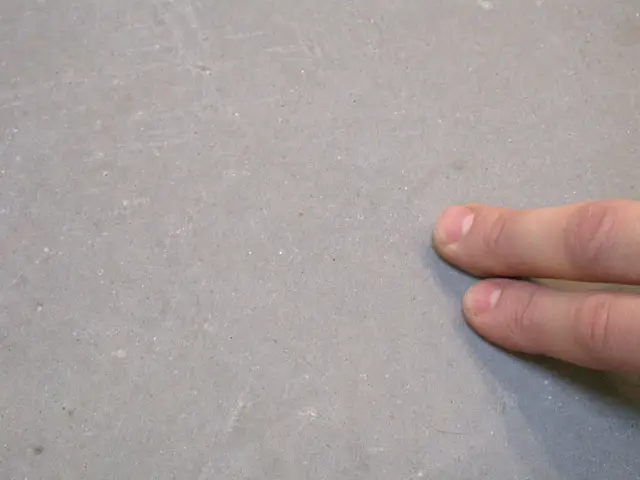
Simply put, a low VOC sealer is one that emits no, or very few, VOCs (volatile organic compounds). Unfortunately, most of the products and materials that are used in homes and buildings emit these gases, which can cause the homeowners to become sick, especially if they are especially susceptible to them. Most of the problems that result from exposure to VOC in the home will be respiratory in nature.
Different Materials for Different Applications
Sealers are used for concrete both interior and exterior and must be selected based on their end use, location as well as their applications. Waterproofing applications are typically used for exterior concrete installations only. In addition to considering where the concrete will be installed and what it will be used for, it is important to be aware of the current emission regulations in the area where they will be installed.
VOC guidelines can affect and severely limit your choices, and it is the responsibility of the contractor to know and adhere to these regulations. Keep in mind that the typical VOC content in water- or solvent-based concrete seals can range from 100 to 700 grams per liter more or less. There have been a number of changes in recent years to the emissions that are allowed including the reduction of the use of xylene a nasty solvent.
In addition, in some sealer products, acetone, which has its own environmental and health drawbacks, has been increased because it is technically a low VOC product. This does change the way that some of the sealer products are applied.
Reduced VOC, Shorter Drying Times
A low VOC sealer, especially one that has been changed to adhere to the new and still changing regulations, may have a faster drying time than before, which may mean faster installation but may also mean surface issues such as ghosting, blistering, spider web effect and increased costs. To avoid any issues with a low a VOC sealer it is important to find a Contractor that is trained and experienced in installing properly.
